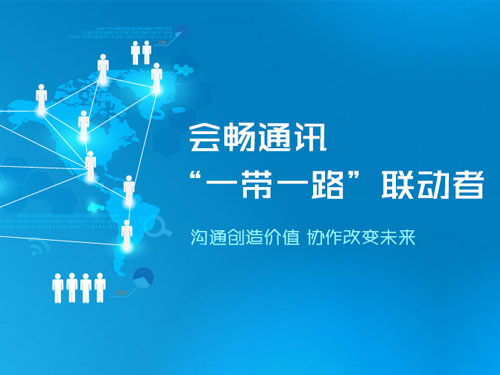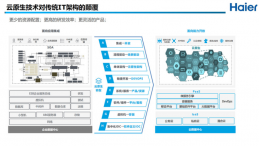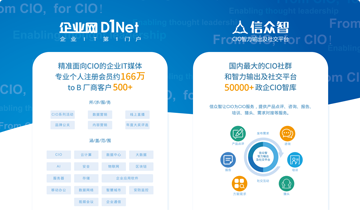A little while ago, I wrote about
how presence, not VoIP was
the foundation of unified
communications. While I still
believe presence is the key
foundational element of UC I
do believe presence will only
answer some of the questions
involved in communications-enabling
a business process. Presence
allows us to understand whether
a contact is available or not, but does not
provide information on the location of the contact (or device)
, the qualifications of the person or any other information used
to answer many of the decisions in the normal day-to-day
activities of a worker. I think of this larger decision criteria
as "context."
I define the context as an understanding of who a user is, where
the user is located, whether the user is available or not, which
device the user can be reached on and if the user has the correct
skills or knowledge required. The main components of context (or
at least the way I define it) are the following:
* Presence. In the simplest terms, presence is the ability to
indicate whether a user is available or not. If a user's presence
is “available” then the person inspecting the status of the user
can feel free to contact them. Over the years, presence has
expanded greatly to the point where it is very easy to understand
exactly what a certain individual is doing. You can show a status
of "busy," "on phone" or any custom message that you like. The
downside of this is that these custom messages need to be set
manually in most systems, but we’re pretty close to having that
automated.
* Location. Location intelligence is an understanding of where a
user or a device is. Location information can be pulled from
RFID-tagged devices, cellular devices or some WiFi devices. This
can help locate the closest user or device. Location is important
in processes when the closest individual or device is required.
* Integration with knowledge systems. Integrating into knowledge
systems can provide an understanding of who the best person in an
organization is to solve a certain problem or answer a question.
UC is great when you know who to contact. Integrating UC into the
corporate knowledge systems can help when you don’t know who to
contact.
* Unified communications (UC). UC doesn't exactly fit into context
but it does tie all of the collaboration and communication tools
together. Context allows a user to understand which is the preferred
communications tool, and UC can create a single interface into all
of these tools.
Context can be extended from just understanding users to
understanding devices, objects or systems. This could be medical
equipment, alarm systems, manufacturing devices or any other
“thing” that’s core to a business processes.
The Importance of Context in Communications
Context can help a user locate the best person or device by adding
the required intelligence into a communications-enabled process.
Take a simple example of a user trying to locate another user to
help solve a certain business problem. In a normal work environment
, the use would need to have a lot of knowledge in their head to
know who to contact. If the user doesn't, the task of understanding
who to contact can be the time intensive part of the task. The worker
would then proceed to possibly sending emails, leaving messages
across a number of devices such as mobile phones, desktop phones
and maybe sending a text message and instant message and still not
be guaranteed the user would actually get the message. This is all
without even understanding whether the person is actually available
or not. I know we have all experienced this kind of communications
delay before. We describe this delay as "human latency," and this
kind of delay creates high levels of frustration when trying to
collaborate with others.
Context-aware communications would allow a user to be able to first
search on a specific set of criteria to solve a problem such as
"Widget A." The search would then be limited to those individuals
with only Widget A knowledge. The worker then could look at only
people with Widget A knowledge that show an available status and
then further sort by who is closest, and finally understand how the
person would prefer to be contacted. Context created the ability to
find the best person with the right skill set that was also located
closest to the problem, and finally provides an understanding of how
to contact that individual.
Ubiquitous connectivity, mobile technology and social networking have
made it possible for us to reach people "on demand." However, the
flexibility and choice that this technology has created have also
added a high amount of human delay into many of the processes we have
in our professional lives. Context aware communications can streamline
or even automate many of today's communications intensive processes
and allow companies to create new processes that are built around
communications.










































































































 京公網安備 11010502049343號
京公網安備 11010502049343號